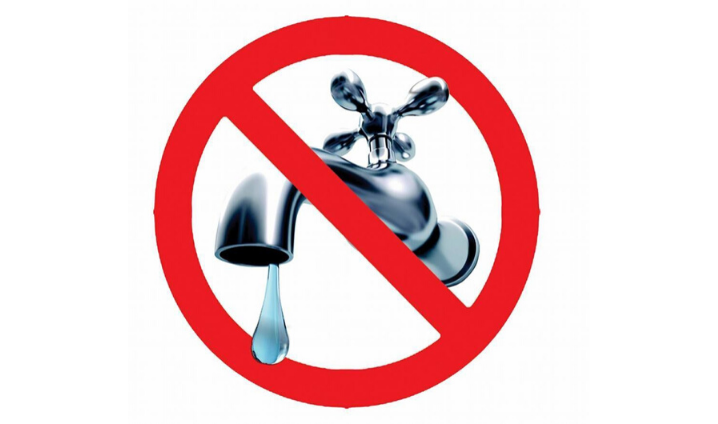The top two or three submissions that score the highest are often ‘shortlisted’ for in-person presentations to the evaluation committee, after which a final vendor is selected. Utility management will then go before their executive board or city council to secure specific approval to award a contract to the selected vendor, and then negotiate the final contract details before beginning the project.
The intent of this process is to level the playing field among competing vendors, avoid possible conflicts of interest between utility staff and technology or service vendors, improve the quality of services procured, and reduce the cost of those services for the benefit of the utility and their customers. This approach also protects the water supplier from claims of favoritism or possible litigation from vendors who claim that a contract award was unfair, anti-competitive, or otherwise corrupt.
"The intent of the RFP process is to level the playing field among vendors, avoid conflicts of interest, and reduce costs."While this makes sense in theory, the reality is often not so beneficial to the utility or its customers. Regardless of how objective the scoring process is intended to be, price is often weighted disproportionately high in the ranking order. Some municipalities even require that utility management accept the lowest price bid. Even when cost proposals are submitted under separate cover and considered independently of technical capabilities, other selection biases surface.
While vendor experience and technical capabilities are certainly taken into account, large, established brands are generally seen as a safer bet for highly risk averse water utilities. While these more established vendors certainly have copious customer references, they do not necessarily offer the most effective solutions or the most value. Larger organizations often have higher operational costs and margin requirements which drive up costs for customers. These companies also tend to be less innovative due to the risks that change brings to core business operations. While selecting a more established vendor may reduce the perception of delivery risk, the actual value provided is often considerably less than can be found from a younger, more agile, and technologically forward thinking provider.
In addition, the bureaucratic aspects of procurement often go awry. Utilities might issue RFPs, collect submissions from vendors, and ultimately not move forward with projects at all. This is a drain on vendor resources and a waste of time for utility staff. Bids are sometimes pulled and then reissued due to arcane procurement rules, or city council or other board members might torpedo a project for political purposes after utility staff has gone through the arduous process of eliciting bid responses and selecting qualified vendors.
"The bureaucratic aspects of procurement often go awry, draining precious utility staff resources."
All of this drains precious utility staff resources which adds costs to operations, delays the implementation of new solutions, and ultimately ends up costing rate payers in the form of higher fees or lower quality service. It has also created a cottage industry for consultants to support the complex procurement process by developing business cases for investment, helping define technical requirements, manage vendor evaluations, and support utility staff through the solution implementation process.
While these procurement challenges aren’t unique to the water utility industry, the highly bureaucratic nature of most water suppliers exacerbates this issue to a degree not found in many other industries. Given these pervasive challenges it is useful to consider how utility managers might redesign the procurement process to allow for fair vendor competition, reasonable prices paid by utilities, and efficient and cost-effective outcomes for rate payers.To avoid a race to the bottom with price as the primary factor when considering a water utility solution, bid pricing should always be kept independent of the evaluation of the capabilities and experience of a given vendor. Even then, cost might be considered in bands as opposed to absolute values. Perhaps bids priced within a certain percentage range would be scored equally in that category to avoid giving strong preference for a lower cost bid without considering a wider range of important factors in the solution.
In addition, a clear evaluation of the lifetime ownership cost should be considered to ensure that voters are comparing apples-to-apples. Just because the unit price of any given element may be lower in a particular bid, does not mean that the total cost over the lifetime of the project will necessarily be lower.
"A clear evaluation of the lifetime ownership cost should be considered to ensure that utilities are comparing apples-to-apples."
As far as scoring goes, instead of having committee members score each bid on a point system across a range of factors, consider a rank-choice voting framework. This allows voters to rank their preferences in relative order across all categories and provides the opportunity to take into account factors that may not be represented in the scoring criteria model such as personal experience, future product roadmap, product usability, macro industry trends and more.
The inherent nature of the utility procurement process tends to commoditize services and technology solutions. This drives vendors to trim margins and cut corners to win business. The long-term impact of this trend on the industry is lower quality products and services and fewer innovative solutions which can actually help water managers do their jobs better. To continue to attract more investment in the water industry, entrepreneurs must see a path to sustainable business growth which means water suppliers paying for value. If we focus on offering solutions fairly priced with sustainable margins, and delivering more value than was paid for, everyone wins and we continue the virtuous cycle of innovation and growth.





